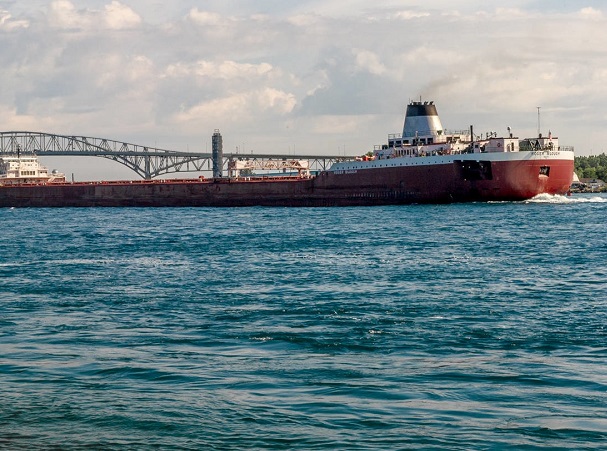The Michigan Department of Transportation recently issued $5 million via its Michigan Maritime and Port Facility Assistance Grant Program to five maritime projects that aim to help strengthen the state’s economic competitiveness, reduce the cost of freight transportation, improve reliability, and mitigate the impact of freight movement on the environment.
[Above photo by Michigan DOT]
“The Great Lakes and the maritime industry are critical assets to Michigan and our nation,” explained Michigan DOT Director Bradley Wieferich in a statement. “We look forward to building upon our existing partnerships with the maritime industry by helping support our economy and add new jobs.”
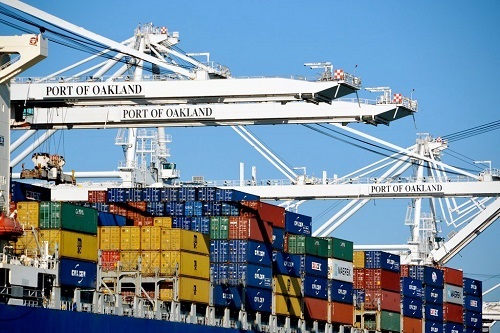
[Editor’s note: At the national level, the U.S. Department of Transportation recently announced that the Port of Oakland, the Port of Seattle, and the Port of Tacoma recently joined its Freight Logistics Optimization Works of FLOW initiative; a private-public partnership that helps create a “shared picture” of the U.S. supply chain for members, which includes the nation’s busiest container ports, major ocean carriers, and large retail importers.]
Other state departments of transportation also provide a range of support – fiscal or otherwise – to maritime endeavors in their regions.
For example, the U.S. Army Corps of Engineers or USACE Vicksburg District recently entered into a feasibility cost sharing agreement with Louisiana Department of Transportation and Development and the Red River Waterway Commission or RRWC in June to study the deepening of the J. Bennett Johnston or JBJ Waterway – also known as the “Red River” – to accommodate vessels with a 12-foot draft.
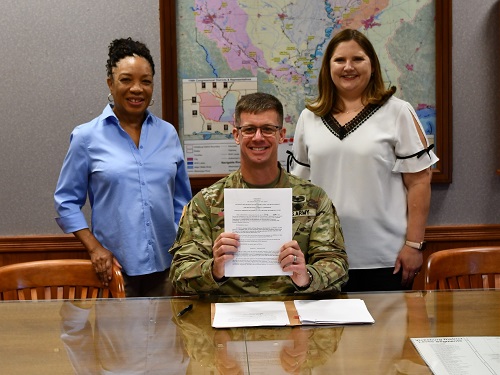
The USACE Vicksburg District – which encompasses a 68,000-square-mile area across portions of Mississippi, Arkansas, and Louisiana that holds nine major river basins – noted that the JBJ Waterway serves as a vital conduit for affordable transportation and economic prosperity for the region.
As the water routes connecting to the JBJ maintain a depth of 12 feet, increasing the JBJ’s channel depth from nine feet to an authorized 12 feet would significantly enhance cargo capacity on barges and broaden access to waterborne freight from other channels, the agency said.
And in February, the Minnesota Department of Transportation issued $18.1 million in grants to support seven port development projects aimed at bolstering the efficient and reliable movement of freight on state waterways.
That funding, which comes through the agency’s Port Development Assistance Program, also leverages $8.8 million in local and private funding, for a total construction program of $26.9 million. The agency noted that program has awarded nearly $70 million to a variety of port projects since it was established in 1994.
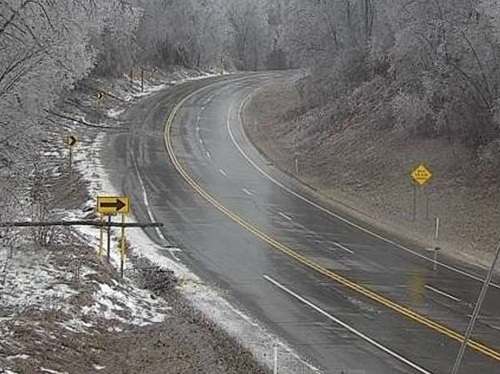 States
States
Podcast: Flashing LED Lights Can Boost Roadway Safety
December 5, 2025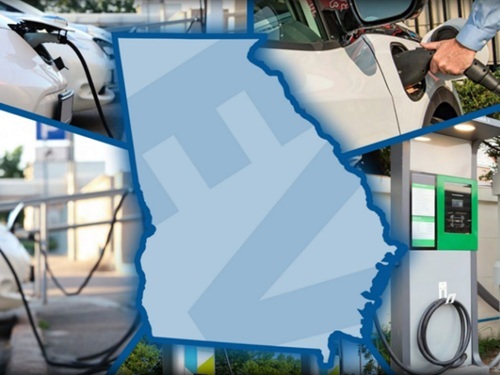 States
States
